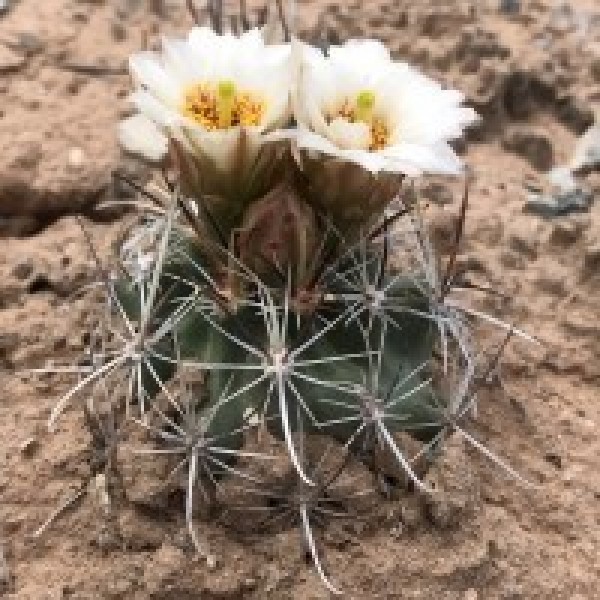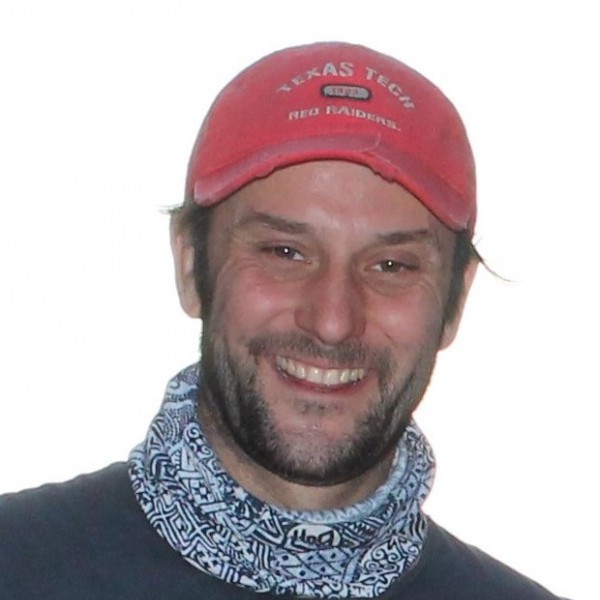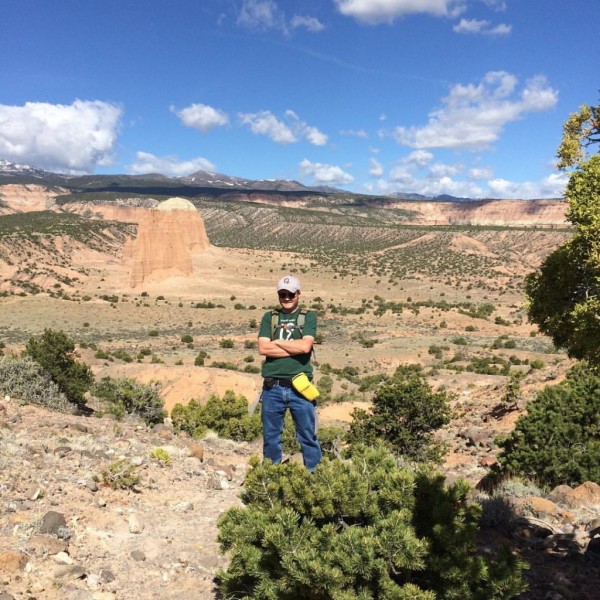
Genetic Diversity and Variation in Populations of the Endangered Cactus Sclerocactus wrightiae 2018
Capitol Reef National Park/Colorado Plateau, Utah
Ecology, Genetics, Plant Systematics & Florisitic
The effects of herbivory on genetic diversity in rare and endemic plants has not been studied in depth. Climate change models predict an increase in new pests and disease due to increased temperatures and CO2; expanding the range of pests. Sclerocactus wrightiae is an endangered cactus endemic the Colorado Plateau (Capitol Reef National Park & surrounding areas). In 2015 an unknown moth was discovered infesting large numbers of plants and causing an increase in plant mortality. This study addresses the potential loss of genetic diversity due to the moth and related issues by addressing three questions. 1) What effect does the introduction of a new pest that causes large losses of individuals have on genetic diversity in populations of rare plants? How does diversity vary within and among populations of S.wrightiae? Genetic diversity will be analyzed from DNA extracted from spines of S.wrightiae as well as S.parviflorus. DNA will also be extracted from plants grown from seed collected prior to the moth infestation and compared to extant cacti. 2) Do surviving extant cacti possess traits that decrease the risk of future herbivory? Cacti grown from seed collected prior to infestation will be placed in habitat with cacti grown from seed collected during infestation. Differences in mortality will be measured. 3) How are all species in the genus Sclerocactus related? Does genetic diversity differ between species? Species most closely related to S.wrightiae are more likely to be affected by the new moth. A phylogeny of the entire genus (15 species) will be assembled to assess risk to other taxa.
Field work is done in beautiful places that most people never see and there is a fair amount of hiking. There will be many opportunities to interact with scientists working for the National Park Service. We will be staying at the Capitol Reef Field Station and there will be opportunities to interact with other scientists staying at the station as well. The station is a green facility that uses solar power, has its own water treatment facility, and has numerous other energy saving designs. The student will learn about the importance of conserving and will attempt to create as little waste as possible. Water usage is measured and your trash is weighed at the end of your stay! Lab work will consist of CTAB DNA extractions of cactus spines, PCR, and usage of microsatellite analysis software.




